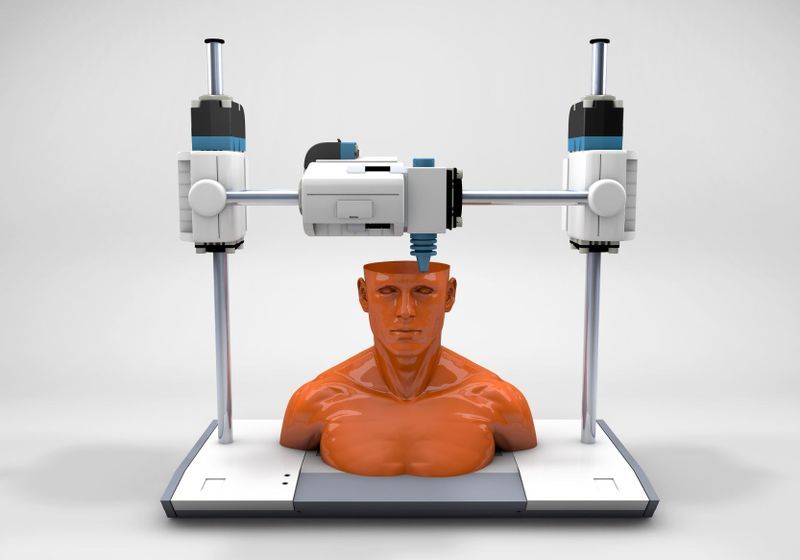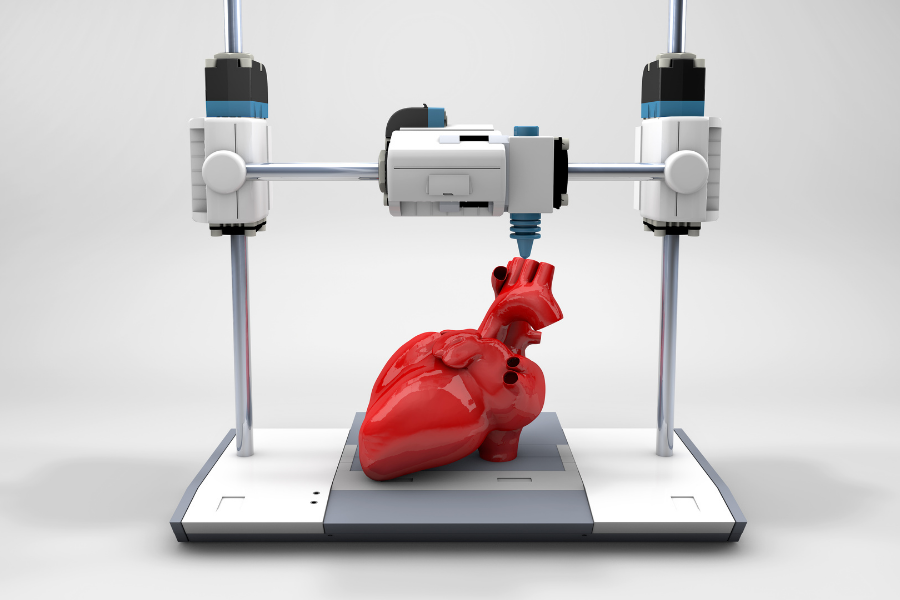

Talks about the future are extremely popular. We spend most of our time either analyzing the past or making plans for the future. Figuring out the right and wrong moves in the past is much easier than predicting the future. The only thing that we know about it is that a lot of things are going to be different. And that leaves a lot of place for speculation.
Both past and future are common topics for college essays. And they frequently drive students mad. Quite often, you’d rather prefer ordering your paper from the college essay writing services instead of writing it on your own. And the reason behind that is that most topics for the essays on the future are quite dull. Generally, they have the following topics:
- What is education going to be like in the future?
- What languages are we going to speak in the future?
- What are our homes going to be like in the future?
Of course, there can be more intriguing topics, like “What existential threats await us in the future?” or “What challenges will the healthcare system be facing in the future?” but, on average, you’ll have to write an essay on one of the three topics listed above. And you may wonder, why aren’t you writing about how 3D printing is going to be used in the future?
3D printing originated from the 1945 short story “Things Pass By” by the American science fiction writer Murray Leinster. The first patent for the actual 3D printer was registered in the 1970s. For the next thirty years, 3D printing was used solely for prototype production. Finally, in the 2010s, it became an integral part of various manufacturing fields.
The topic is fascinating and allows you to speculate a lot. You can buy a 3D printer for $200, and there are a lot of things you can print with it. So, let’s think about ways that 3D printing can be used in the future.
1. Production Can Become Local Again
Local production has been almost nowhere to be seen in the manufacturing industry since the 1980s. The product is rarely manufactured in one place. Nowadays, there are multiple factories set up in various parts of the world, producing various components of the end product released by the corporation. That’s the way corporations reduce costs.
3D printing can help return local production. You don’t need factories in other countries anymore, as you can create all the components of the product in one place. Aside from that, manufacturing with 3D printers doesn’t require a lot of labor force, so all you need is just a few employees.
It may sound like a dream now, but with the technology advancing and becoming more popular, it will become cheaper and more accessible. So, the world may go back to local production without the involvement of international manufacturing.
This, however, will shake the economies of several countries like China and India, as they depend on the possibility of providing a cheap labor force for international manufacturing. So, they will have to look for other ways to sustain their economies.
2. New Horizons for the Medical World
The healthcare system is already using 3D printing for creating prosthetics for amputees. But 3D printing has all chances to revolutionize the medical world. It can be used for surgery. You can 3D print organs’ replicas so that the surgeons can prepare for the operation. And that’s not all to it.
3D printing has already been used several times for repairing damaged bones. And the technology can be used for printing pills; the patent already exists. Within several years, 3D printing can be massively used for manufacturing prosthetics, organ replicas, and necessary drugs, making medical help more accessible worldwide.
3. Solving Housing Crisis
It’s extremely difficult for younger generations to buy houses. Contrary to the boomers’ belief, unsubscribing from streaming services and paying fewer visits to Starbucks won’t solve the issue. Young people cannot afford to purchase real estate, not because they waste money on Netflix or Spotify, but because the housing prices continue to skyrocket.
However, although it sounds like a fantasy at the moment, 3D printing can solve the housing problem. A Chinese company, Winsun, has successfully created housing using a 3D printer and “ink” from recycled materials. As with everything that it’s involved with, 3D printing allows cutting costs for building materials, transportation, and labor force. So, it’s quite possible that future cities will be built with the help of the 3D printer.
4. Solving Environmental Problems
3D printing can also solve a lot of environmental problems. The “ink” for the 3D printer can be created from recycled materials. This means two things: less pollution and an end to natural resources exhaustion.
While recycling plants is a great thing, they are pretty energy-consuming. Turning plastic, paper, and metals into the 3D printer’s “ink” uses less energy than standard recycling. And that’s not the only way that 3D printing can help to solve environmental problems.
3D printing allows for studying the process of environmental degradation. The coral reefs are an important part of the ecosystem. Producing 3D models of coral reefs can help understand why they are degrading and help support them.
5. Commencer Une Renaissance Créative
3D printers are quite accessible now, but they can become more accessible later, which will inevitably spark a creative renaissance. And there are a lot of other things that 3D printing is going to be used for that we cannot imagine at the moment. So, all we need is to wait and see.
Final Thoughts

So, here are the exciting ways that 3D printing will be used in the future. Of course, 3D printing may be used not only for good things. It can also lead to new forms of crime. People will 3D print undetectable weapons.
Also, new forms of piracy will appear. Why buy an iPhone if you can 3D print one? But that’s a different story. After all, everything has a dark side to it. Hopefully, 3D printing will bring more good than bad.